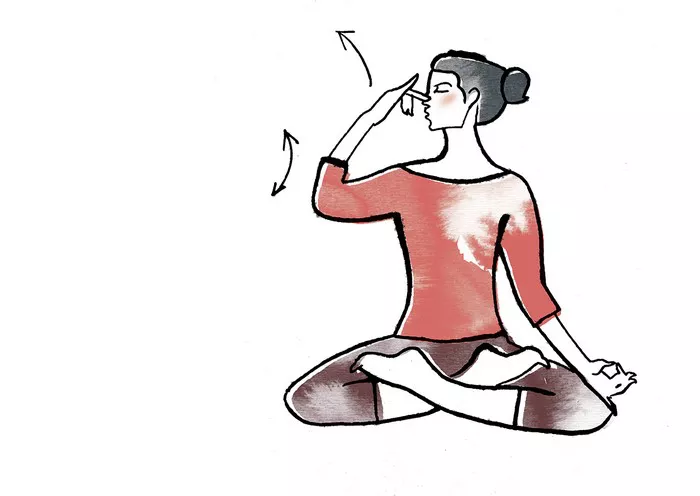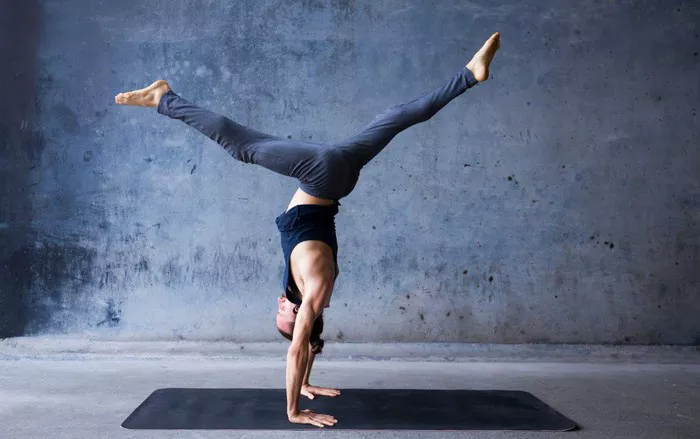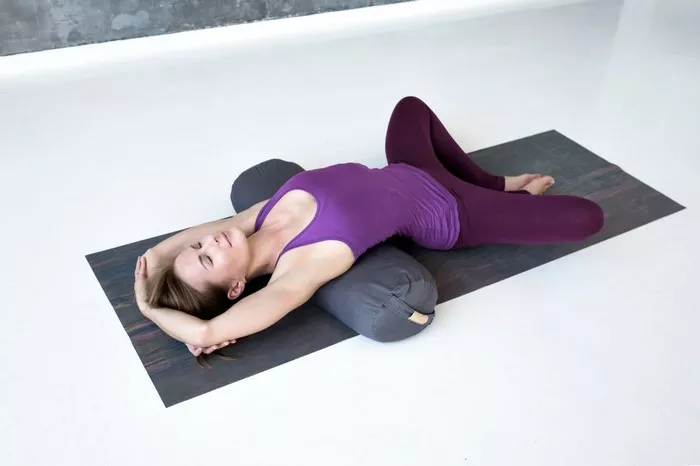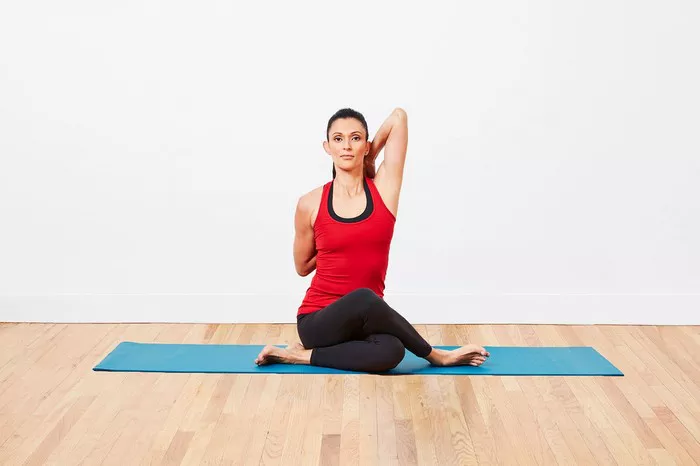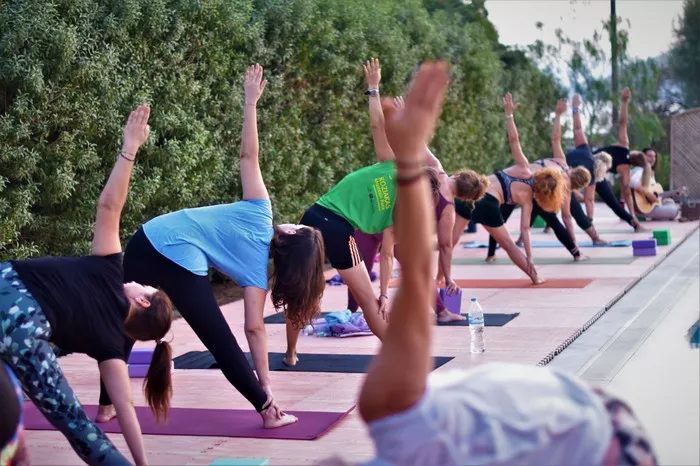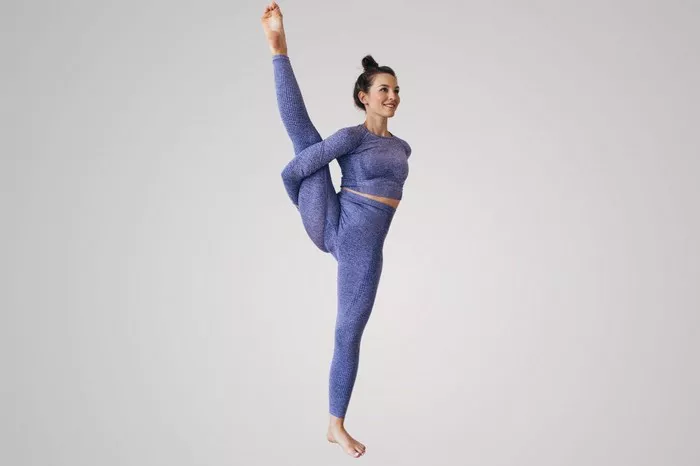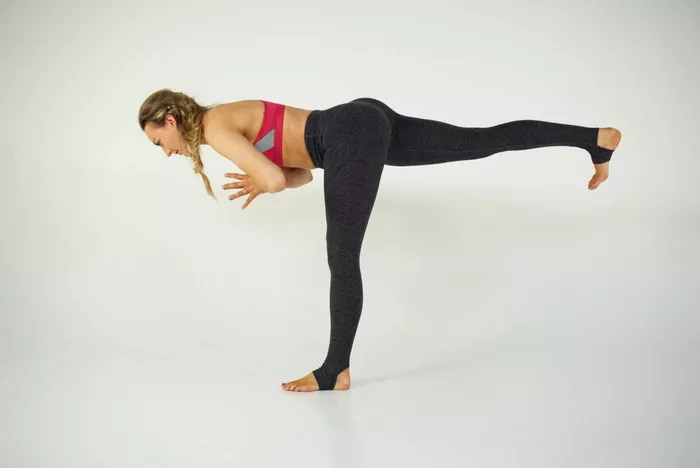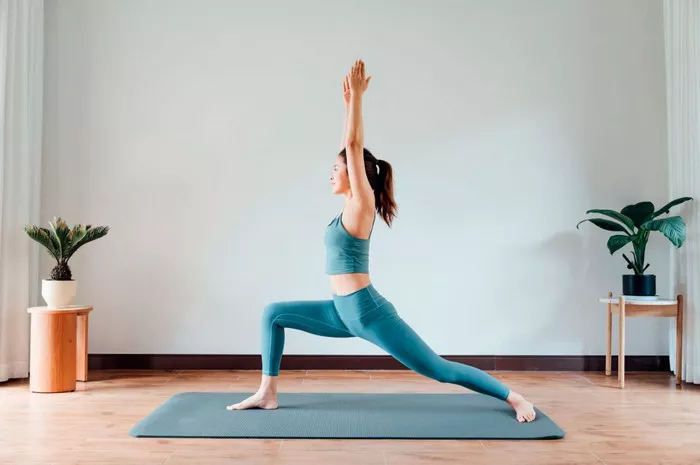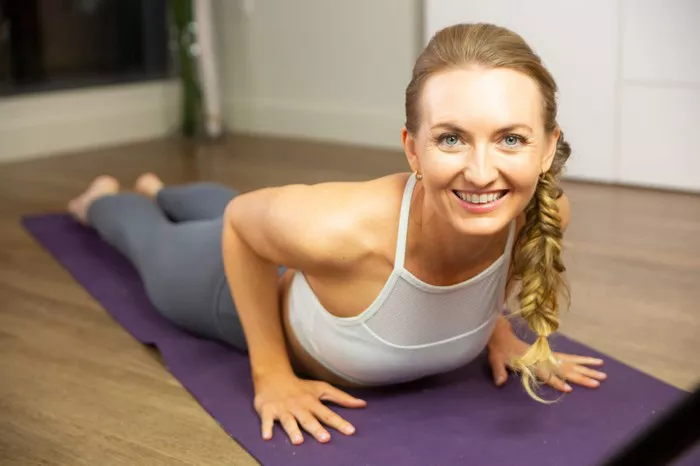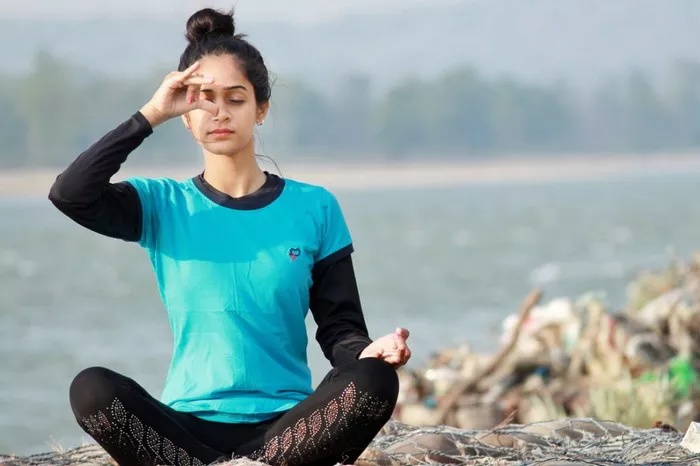Cervical spondylosis, a common age-related condition affecting the neck, results from wear and tear of the spinal discs and joints in the cervical spine. This degenerative process can lead to stiffness, pain, and reduced mobility in the neck, sometimes accompanied by numbness or weakness in the arms. Many people seek natural, non-invasive treatments to manage symptoms, and yoga has emerged as an effective approach. But which yoga practices are best suited for cervical spondylosis? This article explores the types of yoga beneficial for this condition and how they can help alleviate discomfort while promoting neck health.
Understanding Cervical Spondylosis
Before diving into yoga recommendations, it’s crucial to understand what cervical spondylosis entails. It typically develops due to age-related changes, including disc degeneration, bone spur formation, and reduced disc height. These changes can compress nerves and the spinal cord, causing pain and neurological symptoms. Common signs include neck stiffness, headaches, tingling in the arms or hands, and decreased neck flexibility. While medications and physical therapy are common treatments, yoga offers complementary benefits by improving flexibility, strengthening neck muscles, and promoting relaxation.
The key to using yoga effectively lies in selecting the right poses and avoiding movements that may exacerbate symptoms. Since the cervical spine is delicate and prone to injury, gentle, controlled exercises focusing on posture correction and muscle strengthening work best. It is always advisable to consult with a healthcare professional before starting any yoga regimen, especially for individuals with moderate to severe cervical spondylosis.
Benefits of Yoga for Cervical Spondylosis
Yoga offers multiple therapeutic benefits for managing cervical spondylosis:
- Improves Neck Flexibility and Mobility: Gentle stretching exercises help increase the range of motion, reducing stiffness.
- Strengthens Neck and Shoulder Muscles: Strengthening muscles around the cervical spine provides better support and stability.
- Reduces Pain and Muscle Tension: Relaxation and breathing techniques decrease muscle tightness and stress-related pain.
- Enhances Posture: Correct posture reduces strain on the neck and prevents further degeneration.
- Promotes Overall Well-being: Yoga encourages mind-body awareness, reduces anxiety, and improves sleep, which can indirectly aid recovery.
Because of these benefits, specific yoga styles and poses are more effective and safer for cervical spondylosis management.
Which Types of Yoga Are Suitable?
Not all yoga styles are appropriate for people with cervical spondylosis. Styles involving vigorous or extreme neck movements, headstands, or complex inversions should generally be avoided. The following types of yoga are considered safer and more effective:
1. Hatha Yoga
Hatha yoga is a gentle and slow-paced style focusing on basic poses, breath control, and relaxation. It emphasizes alignment and body awareness, making it ideal for beginners and individuals with cervical issues. Hatha yoga’s slow stretches help improve neck mobility without overstraining muscles or joints.
2. Iyengar Yoga
Iyengar yoga prioritizes precise body alignment and uses props like blocks, straps, and chairs to support the body during poses. This method is highly beneficial for cervical spondylosis as it allows modifications to accommodate limited neck mobility and minimize strain. The emphasis on posture correction in Iyengar yoga helps alleviate undue pressure on the cervical spine.
3. Restorative Yoga
Restorative yoga uses gentle stretches, bolsters, and blankets to support the body in relaxing postures. This style focuses on deep relaxation, which can relieve muscle tension around the neck and shoulders. It is excellent for managing pain and reducing stress, a common trigger for muscle tightness.
4. Yin Yoga
Yin yoga involves holding passive stretches for extended periods, targeting deep connective tissues around the joints. For cervical spondylosis patients, Yin yoga can gently improve flexibility and release tightness in the neck area when practiced cautiously under guidance.
Yoga to Approach with Caution or Avoid
- Vinyasa or Power Yoga: These faster-paced, more intense forms may involve rapid neck movements and inversions, which can worsen symptoms.
- Ashtanga Yoga: Due to its vigorous sequences, it may not be safe for those with cervical issues.
- Advanced Inversions: Poses like headstands, shoulder stands, and handstands put excessive pressure on the neck and should be avoided.
Recommended Yoga Poses for Cervical Spondylosis
When practicing yoga for cervical spondylosis, it’s crucial to focus on gentle neck stretches, strengthening exercises, and postural alignment. The following poses are commonly recommended by experts:
1. Neck Stretches
Side Neck Stretch: Slowly tilt your head toward your shoulder and hold for 20-30 seconds.
Chin Tucks: Gently pull your chin backward to align the cervical spine and strengthen neck muscles.
2. Shoulder Rolls
Rolling shoulders forward and backward helps release tension in the upper back and neck.
3. Cat-Cow Pose (Marjaryasana-Bitilasana)
This gentle spinal movement increases flexibility and blood flow to the cervical area.
4. Child’s Pose (Balasana)
Provides gentle stretching of the back and neck while promoting relaxation.
5. Bridge Pose (Setu Bandhasana)
Strengthens the upper back and shoulders, supporting the neck.
6. Seated Spinal Twist (Ardha Matsyendrasana)
Improves spinal mobility, but avoid deep twists if painful.
7. Cobra Pose (Bhujangasana)
Strengthens neck and upper back muscles when done with caution.
Tips for Safe Yoga Practice with Cervical Spondylosis
To ensure safety and maximize benefits, follow these guidelines:
- Warm Up Properly: Begin with gentle movements to prepare the neck and shoulders.
- Move Slowly: Avoid sudden or jerky neck motions.
- Use Props: Support your body with blocks, straps, or cushions.
- Avoid Pain: Stop any pose that causes discomfort or sharp pain.
- Maintain Good Posture: Keep the spine aligned during poses.
- Breathe Deeply: Use controlled breathing to relax muscles.
- Practice Under Supervision: Especially if you’re new or have severe symptoms, a trained yoga therapist or instructor can provide personalized guidance.
Conclusion
Yoga can be a valuable complementary therapy for managing cervical spondylosis, but selecting the right style and poses is crucial. Gentle yoga forms such as Hatha, Iyengar, Restorative, and Yin offer effective ways to improve neck flexibility, strengthen muscles, and reduce pain without risking injury. Avoid vigorous styles and extreme neck movements that might aggravate the condition.
Consulting with healthcare providers and experienced yoga instructors will ensure a safe, tailored practice that supports cervical spine health. With patience and consistency, yoga can enhance your quality of life, promoting not only physical relief but also mental calmness and well-being.
Related Topics:

